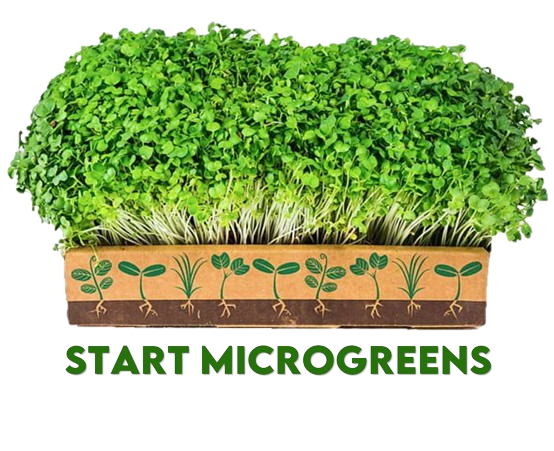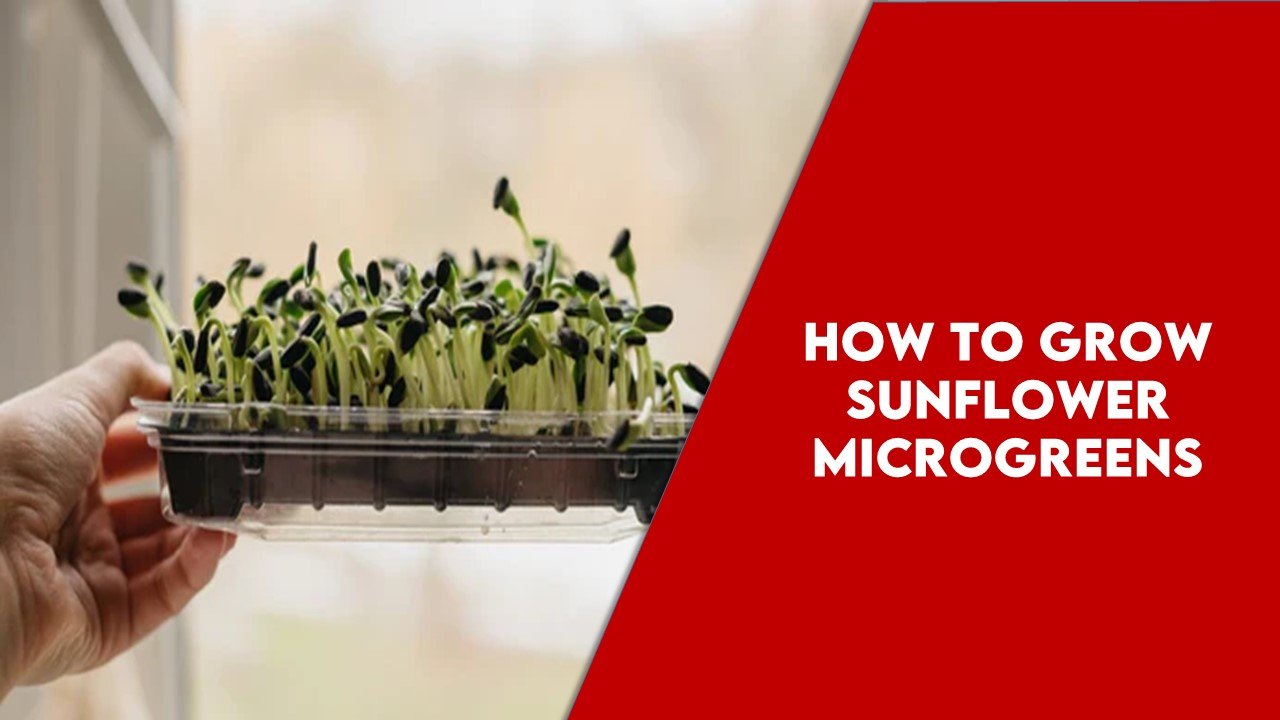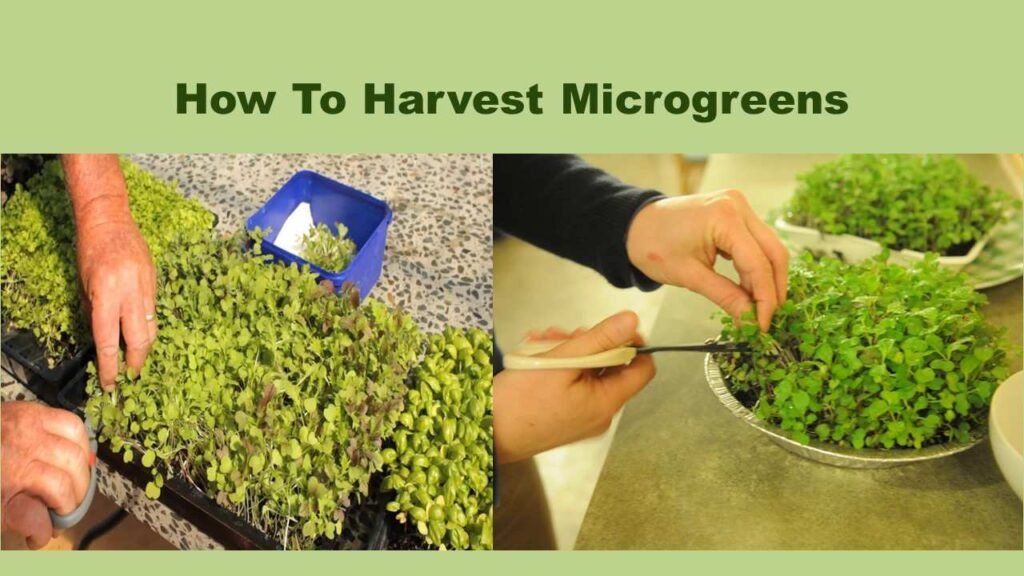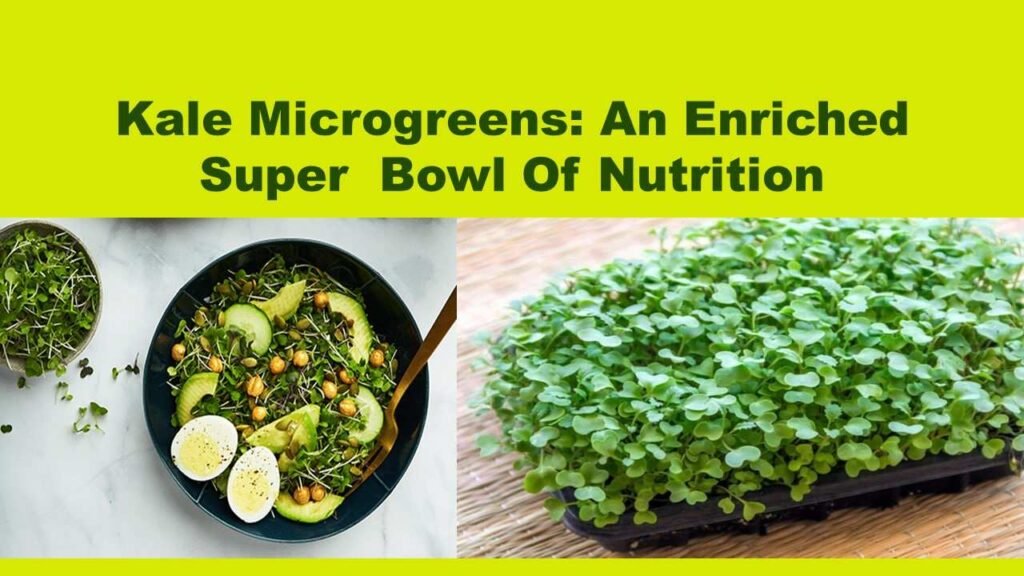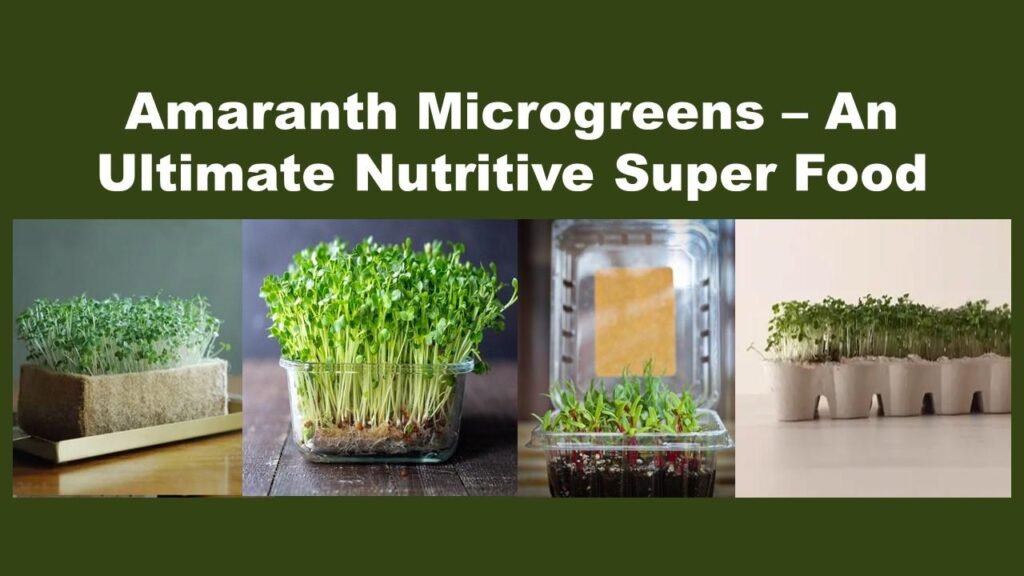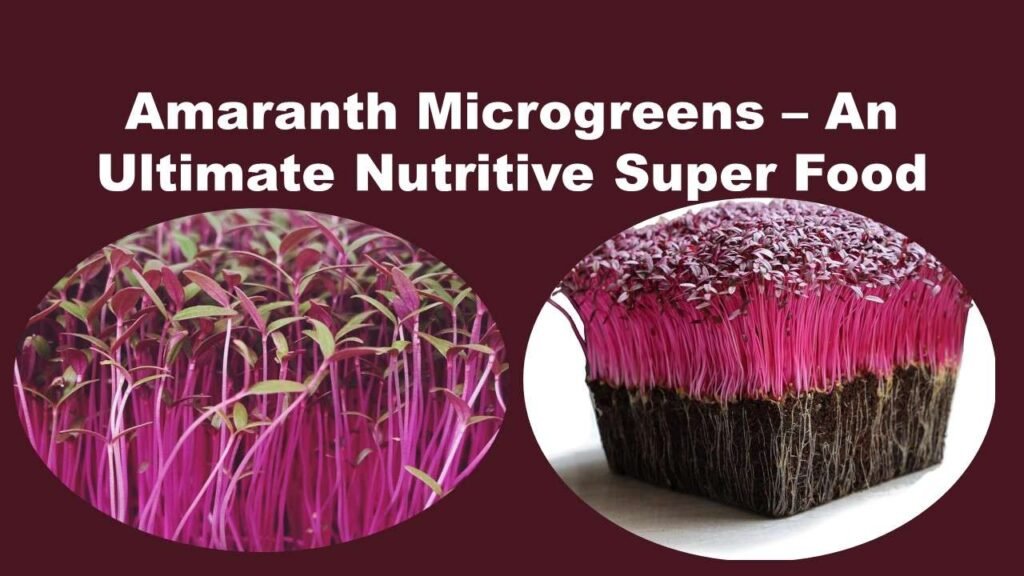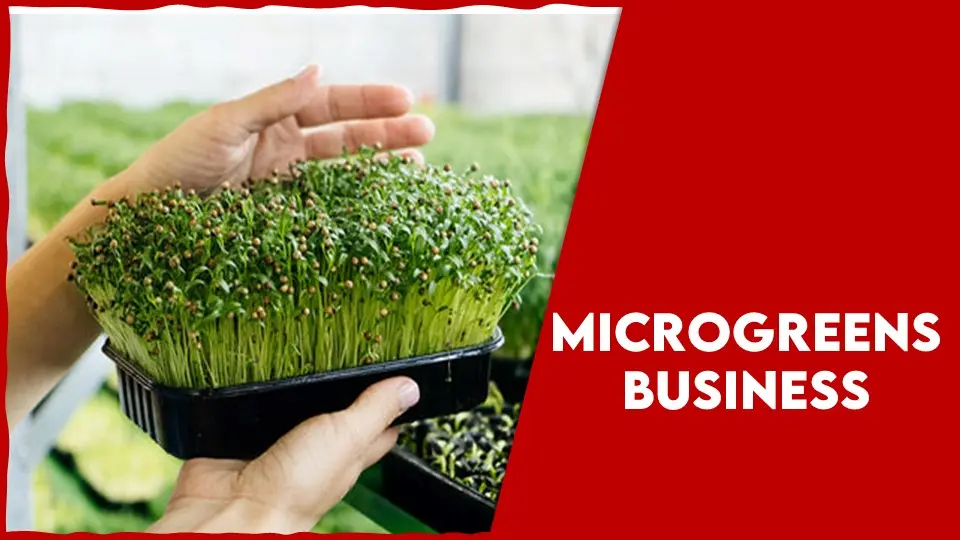How to grow Sunflower Microgreens – A New Twist Of Nutrition
Do you think that sunflower seeds can be distinctly converted into microgreens? In this article we will cover about how to grow sunflower microgreens. Sunflower seeds are a great source of healthy vitamins and minerals therefore I can affirm we are aware of it. Presumably, eating it in the morning while you are part of your breakfast routine is a smart proceeding. These seeds are the base for laddu’s also and it is infused with jaggery which also aids in the reduction of cholesterol levels and the raising of iron levels in your health. And while sunflower is another new superfood, it’s also thought to be linked to the current microgreens trend.
They are additionally suited for conditioning vegetable microgreens that have higher mineral density. Sunflower microgreens are little but nutrient-rich immature greens that nowadays have gained immense popularity among people into their food because of their taste bud-pleasing and crunchy texture which is further backed up by several health benefits. These microgreens are highly nutritious, varying from one kind to another, in size, they are harvested at a few inches tall. This article talks about microgreen sunflower and their nutritional value.
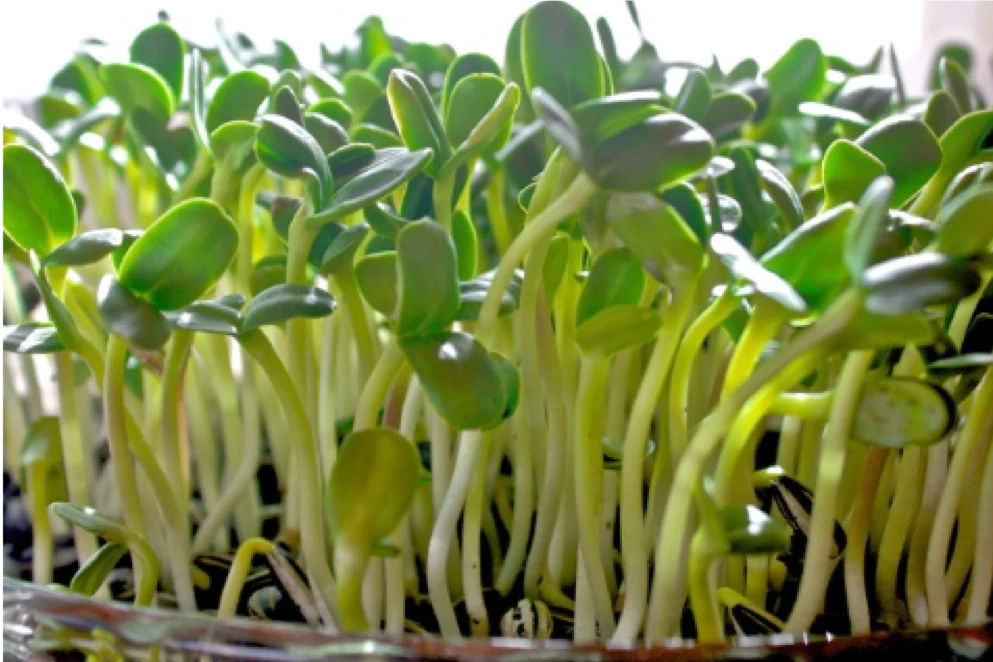
how to grow sunflower microgreens. :Growth Process
before looking for how to grow sunflower microgreens, ensure that growth process is similar to any other microgreens but there are a few challenges in the cultivation of sunflower microgreens that can be tackled easily when proper attention is given.
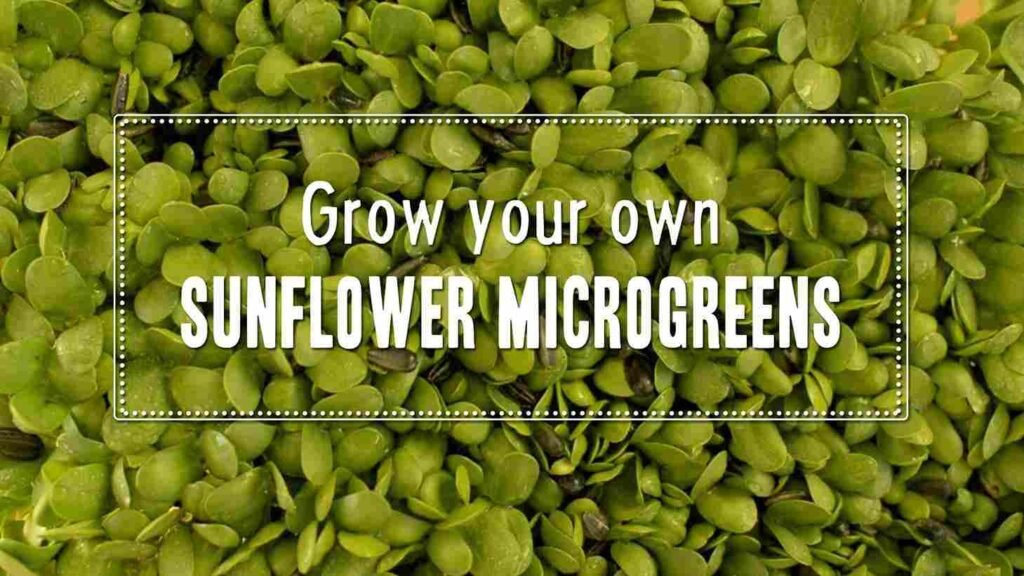
Seed Selection
Start by selecting high-quality sunflower seeds specifically labeled for sprouting or microgreen production. Organic seeds are often preferred to avoid exposure to pesticides or other chemicals. The seed selection is considered important for microgreen sunflower.
Soaking
Before planting, soak the sunflower seeds in water for about 8-12 hours. This will speed up the germination process of microgreen sunflower.
Planting
After soaking, spread the seeds evenly over the surface of a shallow tray or container filled with a thin layer of moistened potting soil, coconut coir, or another suitable growing medium. Gently press the seeds into the soil to ensure good contact.
Covering
Once planted, cover the seeds with another thin layer of soil or growing medium to help retain moisture and provide darkness during the initial stages of germination. You can use a second tray flipped upside down, a breathable cloth, or a light layer of vermiculite for covering.
Germination
Place the tray away from direct sunlight in a warm, well-lit location. Microgreen sunflower seeds typically takes 2-3 days for germination. This is the time when they will start sending out the roots and new nutritious shoots.
Uncovering
Once the seeds have germinated and the shoots begin to emerge which is usually after two to three days, remove the cover to expose the seedlings to light. This will assist in growth of long and healthy shoots. Place the tray in a location with ample sunlight or under grow lights to promote healthy growth.
Watering
Water the seedlings regularly to keep the growing medium moist but not waterlogged. Avoid overwatering, as this can lead to damping-off disease or root rot. A spray bottle or gentle watering can be used to avoid disturbing the delicate seedlings. It is necessary to maintain optimum moisture levels through out the growth cycles for good and even germination.
Growth and Development
As the sunflower microgreens grow, they will develop their first pair of true leaves and begin to resemble miniature sunflower plants. This stage usually occurs within 7-14 days after planting, depending on environmental conditions and seed variety.
Harvesting
Sunflower microgreens are typically ready for harvest when they reach a height of 2-3 inches and have developed their first set of true leaves. Use clean scissors or a sharp knife to cut the microgreens just above the soil level. Rinse them gently with water and pat them dry before using.
Enjoyment
Once harvested, sunflower microgreens can be enjoyed fresh in salads, sandwiches, wraps, smoothies, and a variety of other dishes. Store any leftover microgreens in a sealed container in the refrigerator for optimal freshness. But microgreens are healthy when consumed fresh. As they have a short shelf life, one needs to pay attention when packing and storing or else the produce would go waste.
How Do Sunflower Microgreens Differ From Others
Flavor
Sunflower microgreens have a unique flavor profile that is often described as fresh, slightly nutty, and mildly sweet. In contrast, other microgreens like broccoli, radish, or pea shoots may have more pronounced spicy, peppery, or earthy flavors.
Appearance
Sunflower microgreens are recognizable by their slender, pale green stems and delicate, oval-shaped leaves. They develop a dark green color as they mature. In contrast, other microgreens vary greatly in appearance, with some featuring thin, thread-like stems and others boasting broad, serrated leaves.
Growth Characteristics
Sunflower microgreens are relatively quick and easy to grow, typically reaching harvestable size within 7-14 days after planting. The germination rate is relatively high and can soon give a green lush. The germination rates differ from one species to another.
Nutritional Profile
While all microgreens are packed with essential vitamins, minerals, and antioxidants, sunflower microgreens have their unique nutritional profile. When it comes to nutrition profiles, there is nothing to compromise. They have a good nutrient profile with abundant vitamins like A, B, C, and E. Apart from these, sunflower microgreens are a very good source of essential fatty acids such as omega fatty acids.
Texture
Sunflower microgreens have a satisfyingly crunchy texture that adds both visual appeal and mouthfeel to dishes. The leaves and tender stems of sunflower microgreens will add a good contrast to other soft ingredients used in the cuisine.
Nutrient Profile Of Sunflower Microgreens
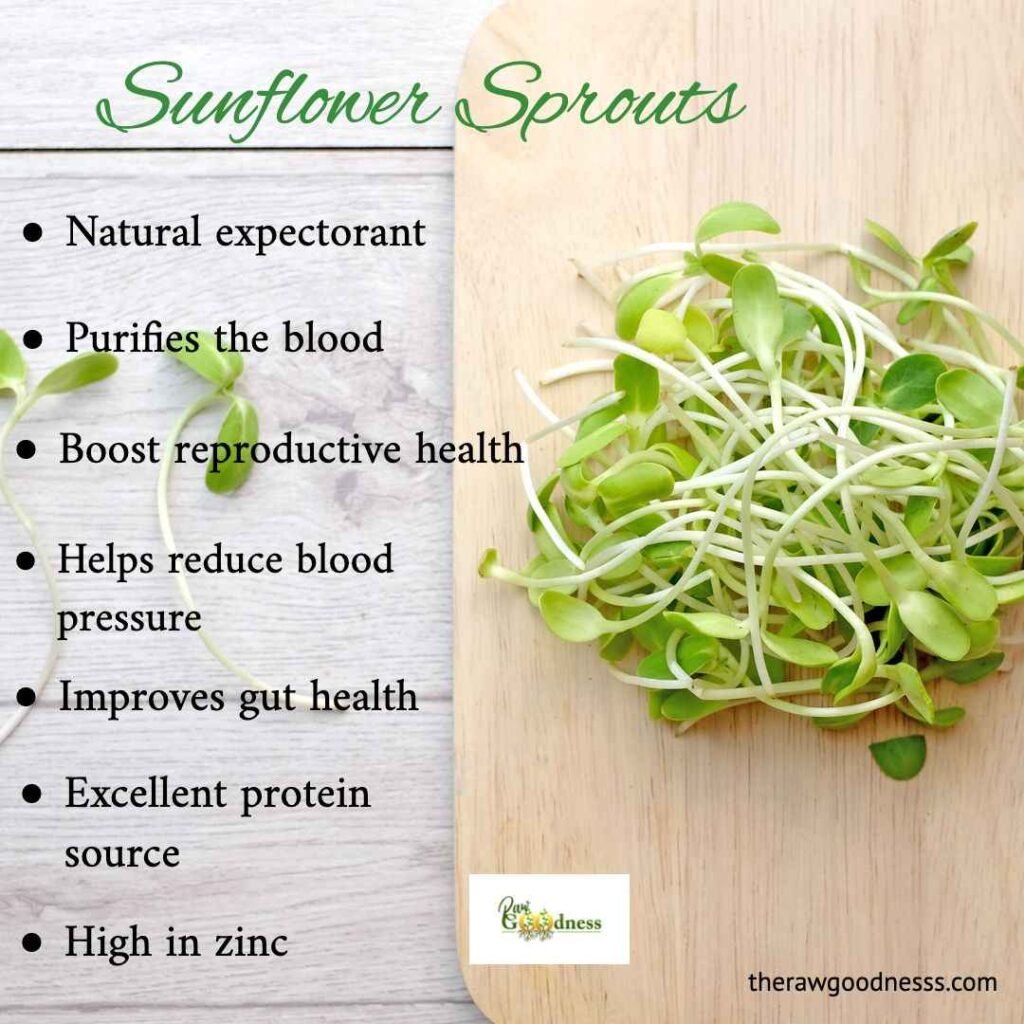
Vitamins
Sunflower microgreens are a great source of several different vitamins, such as follows
Vitamin A: Most importantly, copper has its role in maintaining the health of the immune system, skin, and vision.
Vitamin B complex: consists of B vitamins, which are crucial for the normal functioning of the nervous system, cell growth, and energy metabolism, namely thiamine, riboflavin, niacin, pantothenic acid, pyridoxine, and folate.
Vitamin C: A potent antioxidant that promotes collagen synthesis, iron absorption, and immunological function.
Vitamin E: Well-known for its anti-oxidant qualities, vitamin E aids in defending cells against harm from free radicals.
Minerals
Sunflower microgreens provide an excellent supply of several important minerals, such as follows
Calcium: Essential for nerve transmission, muscular contraction, and bone health.
Potassium: Aids in controlling muscular contractions, fluid balance, and blood pressure.
Magnesium: Promotes bone health, energy production, and the health of muscles and nerves.
Iron: Required for energy metabolism and blood oxygen delivery.
Zinc: Required for DNA synthesis, wound healing, and immunological function.
Antioxidants
Sunflower microgreens are rich in a variety of antioxidants, such as follows
Chlorophyll: Plants contain a green pigment called chlorophyll, which aids in wound healing, detoxification, and general health support.
Carotenoids: These are the pigments that give fruits and vegetables yellow, orange, and red hues.
Flavanoids: Plant chemicals called flavonoids have antioxidant qualities that may help ward against chronic illnesses like cancer and heart disease.
Protein
Sunflower microgreens are a great complement to vegetarian and vegan diets because they have a reasonable quantity of protein.
Health Benefits Of Sunflower Microgreens
Encourage Heart Health
Sunflower microgreens’ strong vitamin E and other antioxidant content may help lower cholesterol and lower the risk of heart disease. They also provide fiber and heart-healthy fats that help support cardiovascular health.
Boost Immune Function
Zinc and vitamin C, two vitamins and minerals that sunflower microgreens contain, are vital for a strong immune system. Regular use of these microgreens may help boost immunity and ward against illnesses.
Aids In Digestive Health
These are also rich in fiber content. The fiber content helps in regulating bowel movements thereby promoting digestive health. In addition to feeding the good bacteria in the stomach, fiber also supports a balanced microbiome.
Promotes Skin Health
By defending against UV damage, lowering inflammation, and boosting collagen formation, the vitamins and antioxidants in sunflower microgreens may assist in promoting healthy skin. This may result in a more youthful appearance and a brighter complexion.
Aids In Weight Management
Sunflower microgreens are a nutrient-dense supplement to a balanced diet because they are low in calories but abundant in nutrients.
Conclusion
These are the details about sunflower microgreens. All the microgreens would have few things in common such as they have a very good nutrient profile. But few nutritional aspects make them unique from other microgreens. For example, no other microgreens are a source of omega fatty acids. Only sunflower microgreens are having such an exceptional property of offering omega fatty acids apart from other vital nutrients. Keep the nutritional constitution of each microgreens in mind, one needs to plan their diet accordingly. The sunflower microgreens will be a great choice, especially for vegans because the omega fatty acids are usually found in fish and other meat sources which are not preferred by vegans and hence can be a great alternative. Sunflower seeds are also consumed as such by most of diet lovers owing to their richness in nutrients. No single diet would be offering all the needed nutrients so one needs to plan theirr diet in a diversified way.
